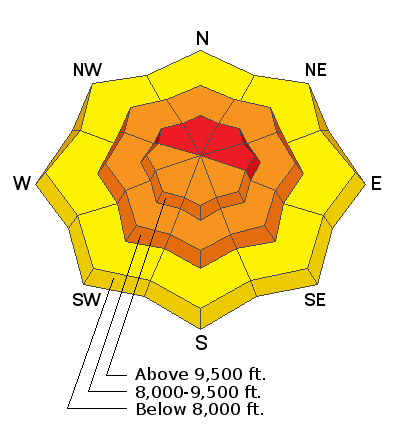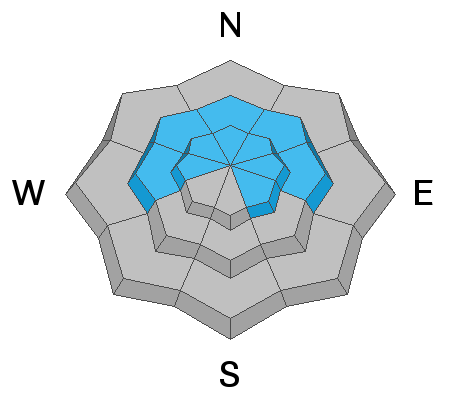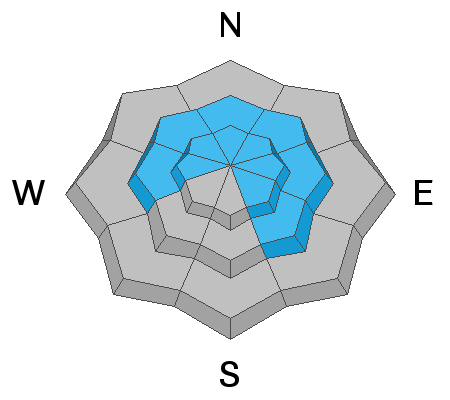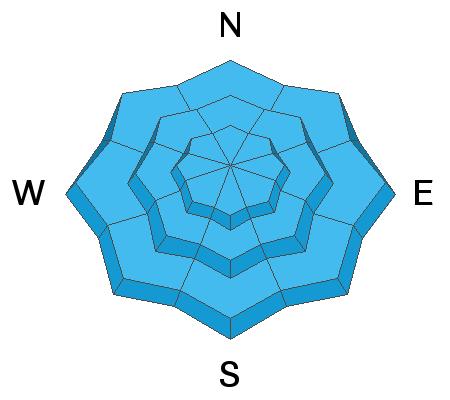Forecast for the Provo Area Mountains

Issued by Trent Meisenheimer on
Wednesday morning, February 3, 2021
Wednesday morning, February 3, 2021
The avalanche danger is HIGH on upper elevation steep slopes facing northwest, north, northeast, and east, and traveling in avalanche terrain is NOT recommended. There is a CONSIDERABLE danger on upper elevation steep slopes facing southeast, south, southwest, west, and on all steep mid-elevation slopes. There is MODERATE avalanche danger on slopes below 8,000'.
In areas where the snowpack is weak and faceted: Human triggered avalanches 2-5'+ deep are likely and potentially unsurvivable. Don't be fooled by the lack of signs of instability today.
In areas where the snowpack is weak and faceted: Human triggered avalanches 2-5'+ deep are likely and potentially unsurvivable. Don't be fooled by the lack of signs of instability today.

Low
Moderate
Considerable
High
Extreme
Learn how to read the forecast here









